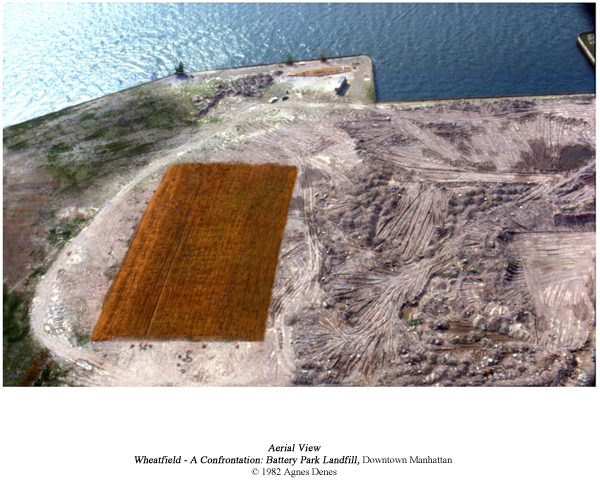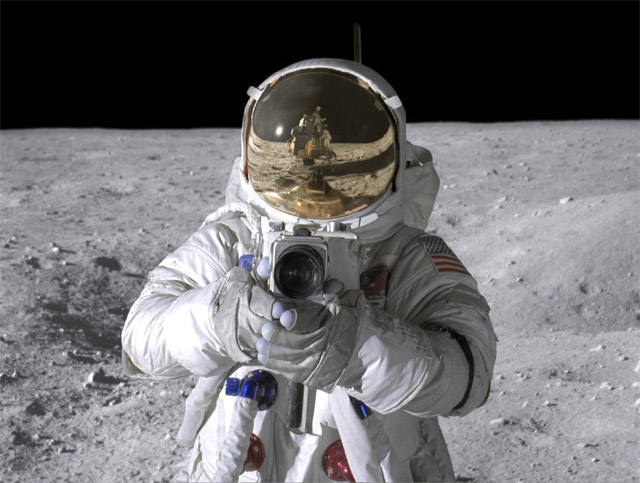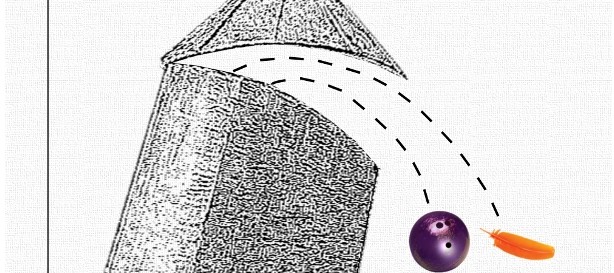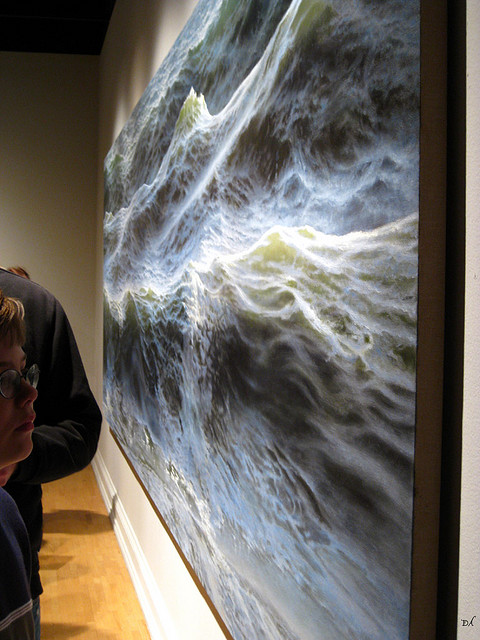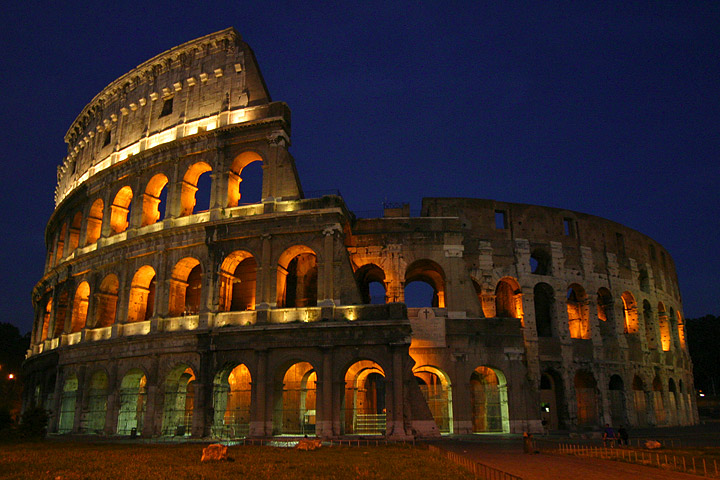As someone who spends a good deal of time helping organizations great and small harness the power of social media, I often find myself stumbling across “top-ten lists” of social media tips from a never-ending parade of blog evangelists, web-thumpers, and manic e-preachers. It’s intriguing how closely these features tend to mirror the anxieties and misconceptions that I come across in my face-to-face conversations with real-life people seeking insight, which is no doubt one of the reasons they’re so popular.
The top-ten list itself is one of the dominant tropes of the infinitely-aggregating (and often aggravating) digital media age — link-bait for our flicker-quick attention spans, churned out as proven traffic drivers to cater to our jones for simple answers. A vast number are about sex of course, or at least love. In fact, the social media top-tens remind me most of the advice lists written in breathless tones by relationship “experts” that we all click-through eager for some secret insight, even though our rational minds know the premise is absurd…”Ten Ways to Know She’s Into You!”* or “Top Ten Things Your Man REALLY wants!”** Superficially revealing, deceptively empowering, and almost certainly completely useless if applied to your specific circumstances.
So, without pointing any particular fingers, here’s a run-down of the top ten kinds of top-tens for social media, and why you might want to use them for novelty purposes only…
*Because it makes perfect sense that the answer to a mystery that has eluded every poet, philosopher, and evolutionary biologist since the dawn of time can be imparted to you by a freelance “Passion Consultant” in a 500-word post on DudesHealth.com
**Chris Rock has helpfully boiled the list down to three.
 1) “Top Ten Reasons You Should Be On <Insert Social Media Site> RIGHT NOW!”
1) “Top Ten Reasons You Should Be On <Insert Social Media Site> RIGHT NOW!”
I’m often asked in panic-stricken tones “should I be on…?” And my answer invariably is, “well, that depends.”
“Facebook, right? I need to be on Facebook!”
Well, maybe. The real question is who you want to reach and why. Your audience isn’t “Facebook.” There are a billion people on Facebook, and unless you have a cat with a Hitler ‘stache you’re not going to reach them all, nor would you want to.
“Oh right, I should be on Twitter.”
Your audience isn’t anyone called “Twitter” either. These things were created to help us communicate with people. Sometimes the most powerful social media tool is e-mail, or that most dynamic of social inventions — a conversation.
2) “Top Ten Twitter Hash-Tags You NEED to Be Using, Like, YESTERDAY!”
Speaking of Twitter, no magic tags. Event tags good for
events. Build relationships, find your voice. Remember,
you only have 140 charact... #WasteOfTime
3) “Top Ten BEST Practices for Social Media!”
Nooo. Nope. There are no generalizable social media tips for content or strategy other than don’t post bomb threats, pornography, or pictures of your Weiner.
4) “Top Ten Ways to Go VIRAL!”
The percentage of content on the internet that actually goes “viral” – as in ubiquitous enough for you to be sick of it (or at least vaguely aware of its virulent existence without even seeing it) – is so infinitesimally small, you might as well have a “top ten ways” to win the lottery or hit a half-court shot. If you insist on chasing the chimera of being the next Gangnam Style, by all means spend your waking hours trying to come up with a hilariously preposterous little dance move that sets the world on fire. But that’s probably time better spent creating quality content that resonates with your audience.
5) “Top Ten Ways to Make SURE … !”
There’s a great deal of fear associated with social media — of wasting one’s time, of bomb or Weiner-wielding lunatics, but mostly of criticism. Most of these “Make Sure”‘s are of the “something doesn’t happen” variety. But there is no certainty in social media, whether of results or consequences, be they negative or positive. There are ways to watch and listen, to learn, to harness these tools for your own ends. But if there’s one thing that’s true of social media it’s that it’s not an inanimate technology like a crankshaft or an engine; it’s a human system, and so susceptible to failure, horror, and great joy.

6) “Ten Creative Ways to Use …!”
To be fair, these are actually the most useful of this breed. It never hurts to be open to new ideas or new ways to use familiar platforms. The key word here though is “creative,” as in being inspired to create something fresh and meaningful in a way that expresses your unique voice. Slavishly following some tip will lead to derivative drudgery, which brings us to…
7) “Top Ten Trends You NEED to Jump On Before It’s TOO LATE!”
People are using video/audio/auto-/wiki/real-time/Vine/ …people are using this… people are doing that. Media trends in the digital world have the half-life of a mayfly. It doesn’t necessarily matter what other people are doing (again, most of these trends probably involve cats.) It matters what you’re doing.
8) “Top Ten Predictions – The Next BIG THING in Social Media!”
Always good for a chortle. If the people who make such predictions really knew what the next big thing in social media was they’d be poppin’ champagne in a solid-gold jacuzzi molded into the fuselage of a diamond-encrusted private jet, not sharing that information with you via a top-ten blog post for the standard digital media industry fee of no money at all.
9) “Top Ten Ways to INCREASE Your Site Traffic Using Social Media!”
… Slow down, think about who you want to reach and why. Most tips for increasing site traffic won’t work, won’t be sustainable and some of them might even get you on Google’s naughty list. Though, of course, a top-ten list is a pretty sure-fire way to drive traffic 😛
10) “Top Ten Social Media BLOGS You Should Be Reading!”
The blog you’re reading is almost always one of these. They all tend to consist of advice that’s either too broad, wrong for you, or too technical (i.e. written for other breathless professionals!!!). You’re better off reading blogs, websites, and content by people in your field, or finding outlets that share your passions and values. Oh, and of course, you should be reading ChangeEngine 😎

IMAGE CREDIT. Hasdai Westbrook.



